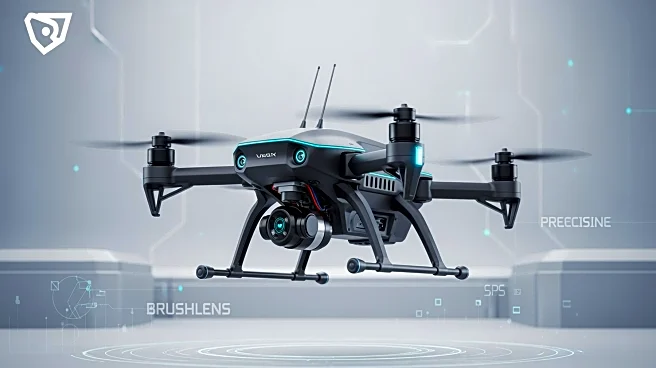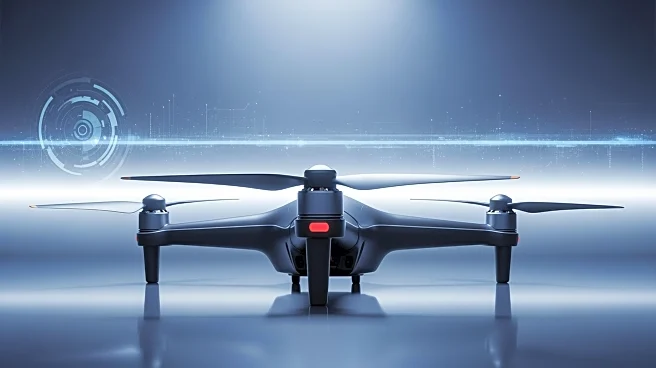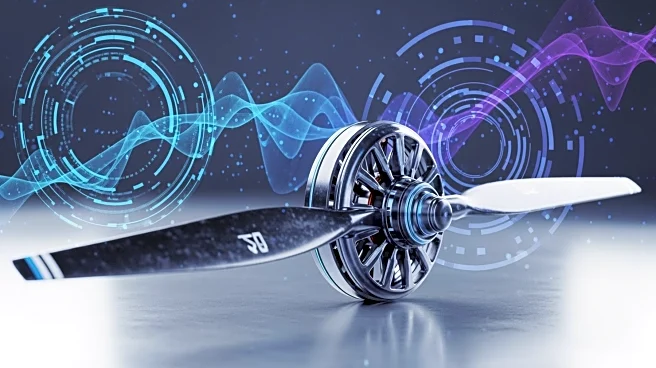What's Happening?
ATMOSPHERE has successfully integrated its Iridium SATCOM terminal with UAV Navigation-Grupo Oesía’s VECTOR flight-control system, marking a significant advancement in Beyond-Visual-Line-of-Sight (BVLOS)
operations for unmanned aerial vehicles (UAVs). This integration ensures reliable, low-latency communications, crucial for autonomous flight in remote and challenging environments. The collaboration between ATMOSPHERE and UAV Navigation highlights the potential for resilient connectivity to transform UAV operations across various sectors, including defense, logistics, and environmental monitoring. Jean-Marc Gaubert, Managing Director at ATMOSPHERE, emphasized the importance of strategic integration in expanding UAV mission capabilities while maintaining safety and resilience.
Why It's Important?
The integration of satellite communication with advanced flight-control systems represents a leap forward in UAV technology, enabling more autonomous and reliable operations. This development is particularly significant for industries that rely on UAVs for critical tasks, such as defense and environmental monitoring. The ability to maintain connectivity in remote areas enhances the operational scope and safety of UAVs, potentially leading to broader adoption and innovation in unmanned systems. The partnership between ATMOSPHERE and UAV Navigation sets a precedent for future collaborations in the UAV sector, driving advancements in autonomous flight capabilities.
What's Next?
ATMOSPHERE and UAV Navigation will likely continue to refine and expand their integrated systems, exploring new applications and markets for BVLOS UAV operations. The successful integration may lead to further partnerships and technological developments, enhancing the capabilities of UAVs in various sectors. As the demand for autonomous systems grows, the focus will be on improving connectivity, safety, and operational efficiency. Regulatory bodies may also take interest in these advancements, potentially influencing policies and standards for UAV operations.
Beyond the Headlines
The integration of SATCOM and flight-control systems in UAVs could have broader implications for the aerospace industry, including shifts in communication technologies and operational models. The collaboration reflects a trend towards more interconnected and autonomous systems, which may influence future developments in aviation and unmanned technologies. Ethical considerations, such as privacy and security, may arise as UAVs become more prevalent in civilian and commercial applications. The partnership also underscores the importance of strategic alliances in driving technological innovation and addressing complex challenges in the UAV sector.











